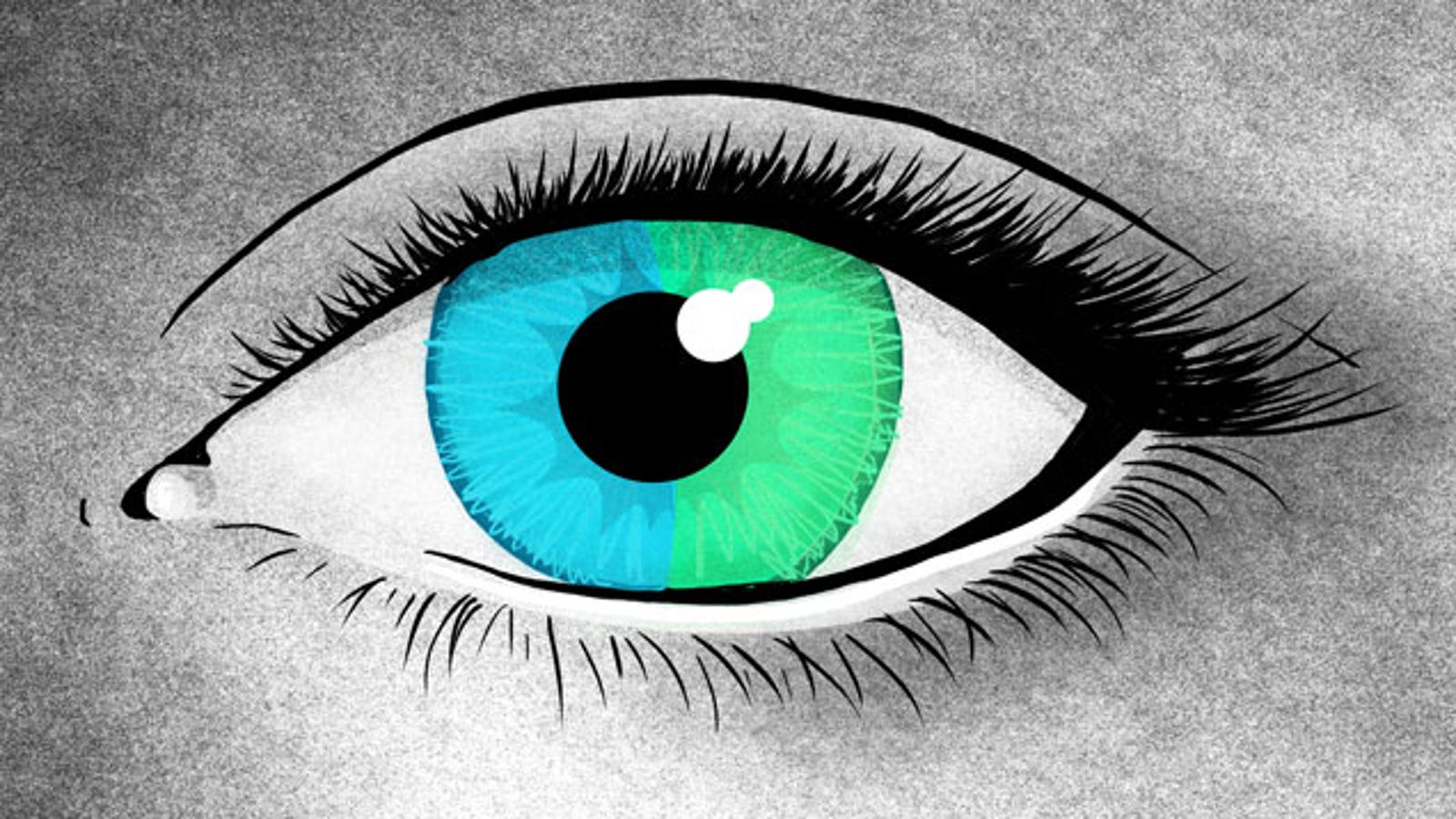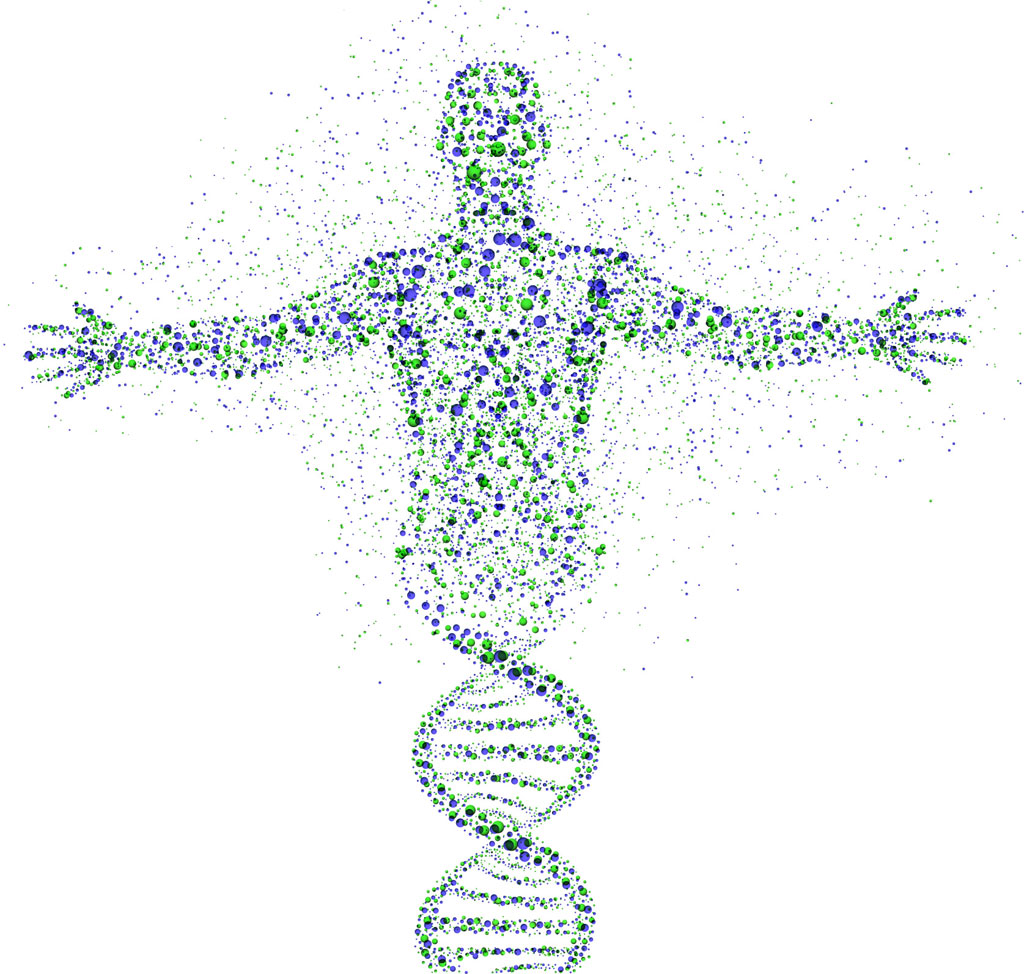

Animals Īn animal chimera is a single organism that is composed of two or more different populations of genetically distinct cells that originated from different zygotes involved in sexual reproduction. The term genetic chimera has been used at least since the 1944 article of Belgovskii. While German dermatologist Alfred Blaschko described Blaschko's lines in 1901, the genetic science took until the 1930s to approach a vocabulary for the phenomenon. For example, transplantation of bone marrow often determines the recipient's ensuing blood type. Īnother way that chimerism can occur in animals is by organ transplantation, giving one individual tissues that developed from a different genome. Normally, genetic chimerism is not visible on casual inspection however, it has been detected in the course of proving parentage. In plant chimeras, however, the distinct types of tissue may originate from the same zygote, and the difference is often due to mutation during ordinary cell division. Animal chimeras are produced by the merger of two (or more) embryos. In animals, this means an individual derived from two or more zygotes, which can include possessing blood cells of different blood types, subtle variations in form ( phenotype) and, if the zygotes were of differing sexes, then even the possession of both female and male sex organs. Eventually, he figured out that the victim had received a bone marrow transplant from his daughter.A genetic chimerism or chimera ( / k aɪ ˈ m ɪər ə, k ə-/ ky- MEER-ə, kə-) is a single organism composed of cells with more than one distinct genotype. But the body appeared to be male, which was confirmed by DNA in a kidney but not in the spleen or the lung, which contained male and female DNA. Blood showed that the individual was female. In 2008, he was trying to identify the victim of a traffic accident for the National Forensic Service in Seoul, South Korea. Similar scenarios could also create confusion around a victim’s identity – and in fact it has, said Yongbin Eom, a visiting research scholar at the University of North Texas Centre for Human Identification. Eventually police determined that the second profile had come from her bone marrow donor. It involved police investigators who were sceptical of a sexual assault victim’s account because she said there had been one attacker, though DNA analysis showed two.

The donor, his brother, was eventually convicted.Ībirami Chidambaram, who presented the Alaska case in 2005 when she worked for the Alaska state scientific crime detection laboratory in Anchorage, said she had heard about another disconcerting scenario since then. It turned out that he had received a bone marrow transplant. But there was a problem: the man had been in prison at the time of the assault. In 2004, investigators in Alaska uploaded a DNA profile extracted from semen to a criminal DNA database. If another patient responded similarly to a transplant and that person went on to commit a crime, it could mislead investigators, said Brittney Chilton, a criminalist at the sheriff’s office forensic science division.Īnd it has misled them, Chilton learned once she began to research chimerism. He welcomed an intriguing distraction from his diagnosis of acute myeloid leukaemia and myelodysplastic syndromes, both of which impair the production of healthy blood cells. “We need to swab the heck out of you before you have this procedure to see how this DNA takes over your body,” she recalled telling him. And so Renee Romero, who ran the crime lab at the Washoe County sheriff’s office, saw an opportunity when her friend and colleague told her that his doctor had found a suitable match on a donor website and he would be undergoing a bone marrow transplant.

#CHIMERA DNA CODE#
The assumption among criminal investigators as they gather DNA evidence from a crime scene is that each victim and each perpetrator leaves behind a single identifying code – not two, including that of a fellow who is 10 years younger and lives thousands of miles away. “It doesn’t matter,” he said.īut for a forensic scientist, it’s a different story. He added that patients also sometimes ask him what it means for a man to have a woman’s chromosomes in their bloodstream or vice versa.


 0 kommentar(er)
0 kommentar(er)
